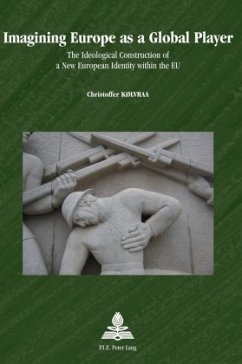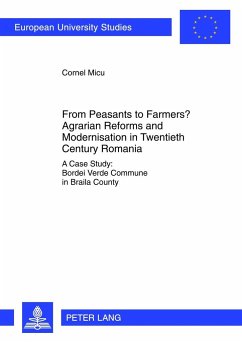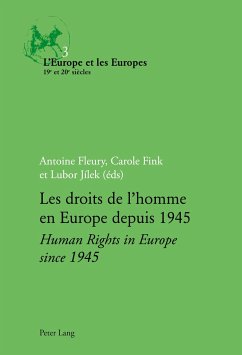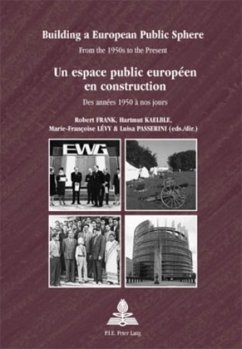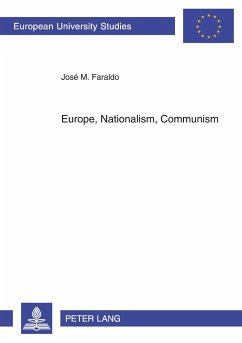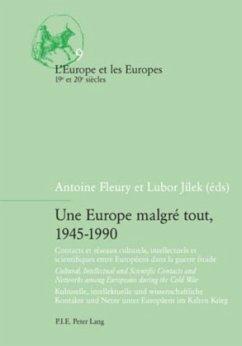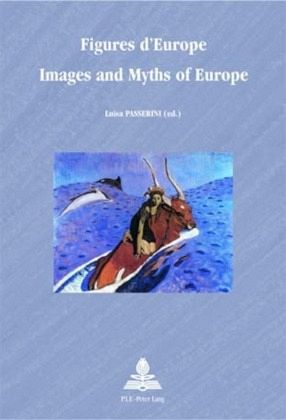
Figures d'Europe / Images and Myths of Europe
Versandkostenfrei!
Versandfertig in 6-10 Tagen
56,35 €
inkl. MwSt.

PAYBACK Punkte
0 °P sammeln!
Dans ce livre, des spécialistes de disciplines diverses et de pays et de continents différents analysent ce qui est demeuré implicite dans la création et l'adoption de symboles et de mythes d'une Europe toujours en construction. La publication tend à évaluer le "déficit symbolique" présumé de l'Union européenne et de l'Europe et explore l'histoire et la signification de certains mythes et symboles de l'Europe d'aujourd'hui, comme le mythe de l'enlèvement d'Europe, l'hymne et le drapeau européens, la représentation du continent, de même que le sens que les experts ou les Européen...
Dans ce livre, des spécialistes de disciplines diverses et de pays et de continents différents analysent ce qui est demeuré implicite dans la création et l'adoption de symboles et de mythes d'une Europe toujours en construction. La publication tend à évaluer le "déficit symbolique" présumé de l'Union européenne et de l'Europe et explore l'histoire et la signification de certains mythes et symboles de l'Europe d'aujourd'hui, comme le mythe de l'enlèvement d'Europe, l'hymne et le drapeau européens, la représentation du continent, de même que le sens que les experts ou les Européens attribuent à l'euro. La nouvelle monnaie illustre la problématique du futur sentiment d'appartenance à l'Europe, qui nécessitera une multiplication des échanges entre ses peuples et ses cultures pour donner lieu à une forme d'identité libre et multiculturelle.
In this publication, scholars from various disciplines and from a dozen countries of Europe and other continents intend to make explicit what has remained implicit in the creation or adoption of symbols and myths for a Europe that is under construction. The book is devoted to assessing the supposed "symbolic deficit" of the European Union and of Europe as a whole. It analyses the history and meanings of some of the myths and symbols for Europe today, such as the myth of Europa and the bull, but also the European hymn and flag, and the representations of the continent. It also explores the meanings which have been attributed to the Euro by both experts and ordinary people; the new coin reminds us of the problematic nature of possible future senses of belonging to Europe, which will require exchanges between different peoples and cultures in order to give rise to an open and multicultural form of identity.
In this publication, scholars from various disciplines and from a dozen countries of Europe and other continents intend to make explicit what has remained implicit in the creation or adoption of symbols and myths for a Europe that is under construction. The book is devoted to assessing the supposed "symbolic deficit" of the European Union and of Europe as a whole. It analyses the history and meanings of some of the myths and symbols for Europe today, such as the myth of Europa and the bull, but also the European hymn and flag, and the representations of the continent. It also explores the meanings which have been attributed to the Euro by both experts and ordinary people; the new coin reminds us of the problematic nature of possible future senses of belonging to Europe, which will require exchanges between different peoples and cultures in order to give rise to an open and multicultural form of identity.



